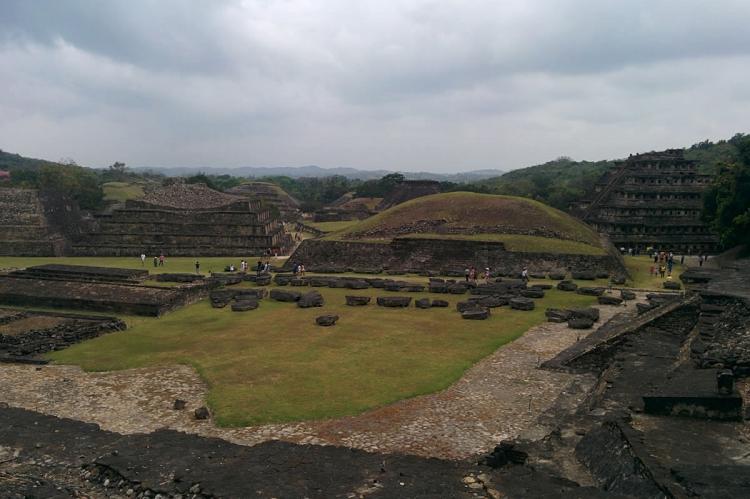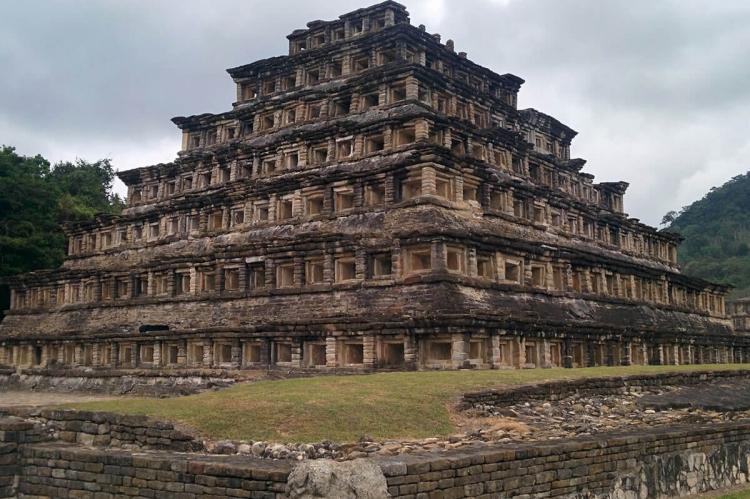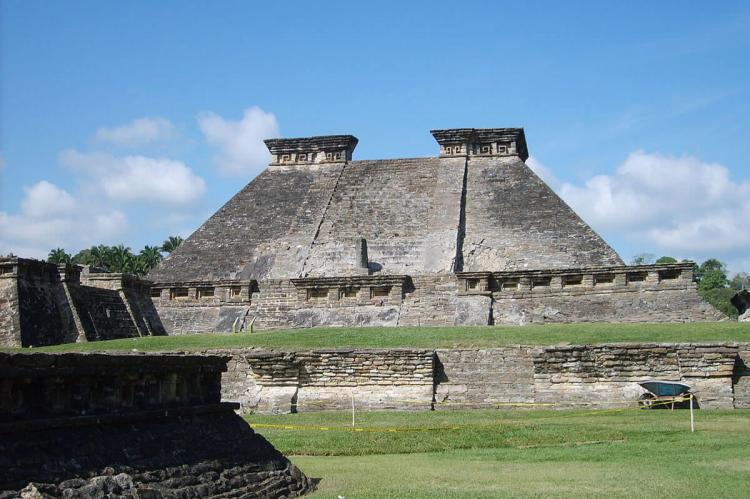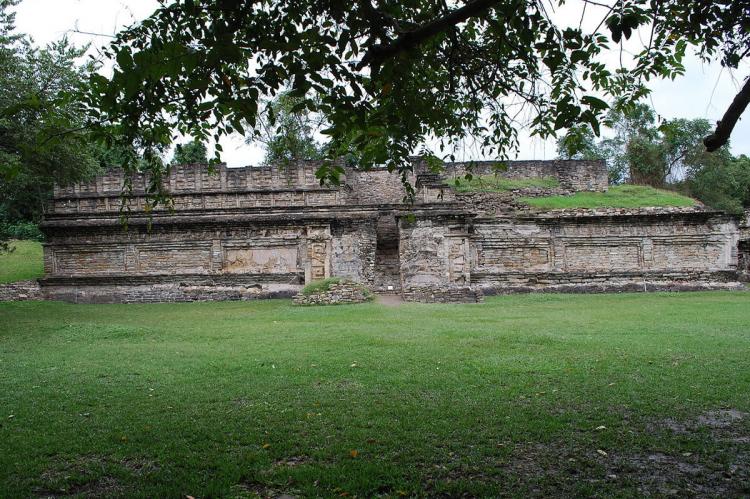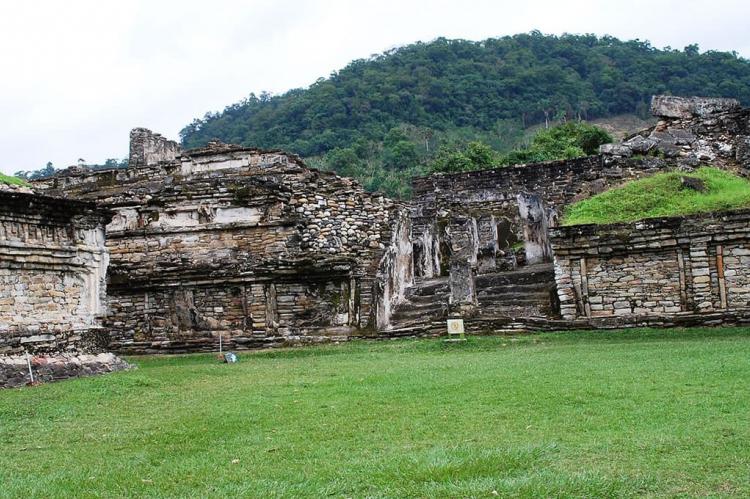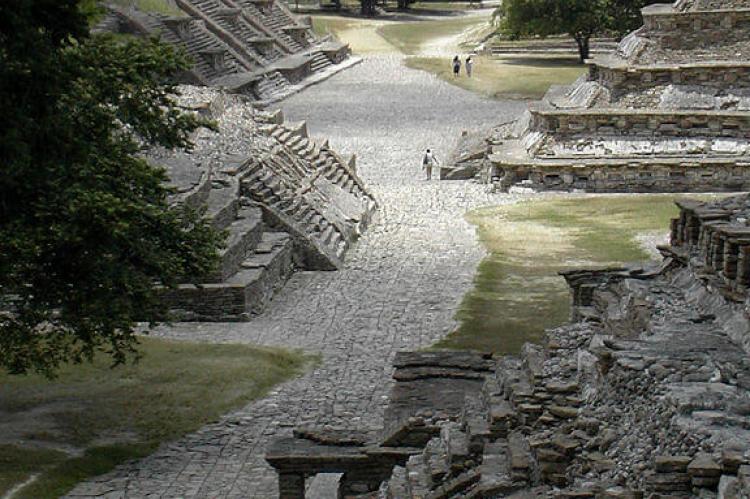Pre-Hispanic City of El Tajín (Mexico)
Nestled in the verdant landscape of Veracruz, El Tajín is a testament to the grandeur and significance of Mesoamerican cultures. Designated as a World Heritage site, this archaeological marvel emerged as the foremost center in northeast Mesoamerica after the fall of the Teotihuacan Empire.
Pre-Hispanic City of El Tajín
Nestled in the verdant landscape of the Mexican state of Veracruz, El Tajín is a testament to the grandeur and significance of pre-Hispanic Mesoamerican cultures. Designated as a UNESCO World Heritage site, this archaeological marvel reached its zenith from the early 9th to the early 13th century, emerging as the foremost center in northeast Mesoamerica after the fall of the Teotihuacan Empire.
Cultural and Architecture
El Tajín's cultural influence stretched across the Gulf of Mexico, permeating into the Maya region and the central plateau of Mexico. What sets El Tajín apart in Mesoamerican archaeology is its unique architecture, characterized by elaborate carved reliefs adorning columns and friezes. The 'Pyramid of the Niches,' an architectural masterpiece, unveils the astronomical and symbolic significance embedded in its design.
Time Capsule
El Tajín holds particular significance for Mesoamerican archaeology as one of the best-preserved examples of a town from the Epiclassic and early Post Classic period. This era, spanning the decline of Teotihuacan and the rise of the Aztec empire, witnessed significant artistic and socio-economic developments. El Tajín, with its meticulously excavated structures, provides crucial insights into this transformative period.
Initially believed to have been occupied in three phases between 100 B.C. and 1200 A.D., recent research has refined our understanding. It now appears that El Tajín experienced a single stage of occupation from 800 to 1200 A.D., after which it faced abandonment and partial destruction under the rule of the mighty Aztec empire.
Architecture
El Tajín's most captivating features are its buildings adorned with intricate key patterns, fretworks, niches, cornices, wall paintings, and low reliefs. These artistic elements illuminate its inhabitants' ritualistic and daily lives. The urban layout, shaped like the Xicalcoliuhqui (the schematic representation of a cross-section of a marine shell), utilizes the natural terrain to create distinctive access points to various areas.
El Tajín boasts an extraordinary number of ball courts, numbering 17 in total, and features a building in the form of a Xicalcoliuhqui, a rarity in Mesoamerica. The settlement, estimated at 15,000 to 20,000 inhabitants, is divided into three areas: the Tajín complex, Tajín Chico, and the Group of Columns. Each area exhibits unique architectural characteristics, such as the richly decorated Building A in Tajín Chico, adorned with Mayan-style arches and intricate reliefs.
Heritage
El Tajín stands as a living testament to the intricate interplay of cultures and the architectural brilliance of ancient Mesoamerica. As visitors wander through the plazas, pyramids, and ball courts, they embark on a journey back in time, unraveling the mysteries etched into the stone structures of this pre-Hispanic city. El Tajín's enduring significance lies in its archaeological importance and its ability to transport us to a bygone era, inviting contemplation on the cultural richness that once flourished in this remarkable corner of the world.
